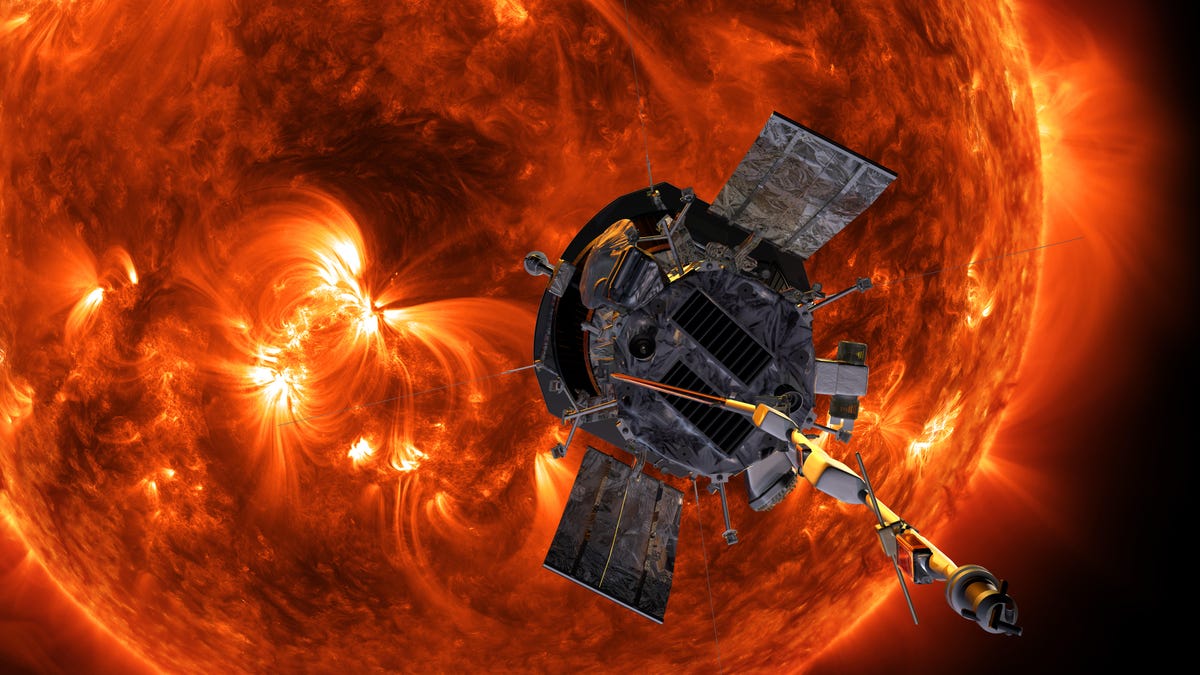NASA's Parker Solar Probe just flew past Venus en route to the sun
"Now that I’m a fly guy, and I fly high, Venus want to know why, why I fly by...”

The Parker Solar Probe just met the neighbours.
NASA's mission to "touch the sun" is getting even closer to its solar destination, completing its first Venus gravity assist in the early hours of Wednesday morning.
The Parker Probe blasted off from earth Aug. 12 on a mission to learn more about solar wind and the sun's atmosphere, known as the corona. But to get close enough to study the fiery plasma surrounding the sun, the probe needs to adjust its trajectory -- and that's where Venus comes in.
By slingshotting around our nearest planetary neighbour, the Parker Probe will tighten its orbit around the sun, eventually coming within 3.83 million miles (6.16 million kilometers) of the star, which is closer to the sun than any human-made object has ever travelled.
This Parker mission design shows how the spacecraft will get closer to the sun with every Venus gravity assist.
Over a mission spanning 6 years and 11 months, the spacecraft will perform a total of seven Venus gravity assist flybys, and will orbit the sun 24 times, getting closer and closer with every slingshot (with a cutting-edge heat shield helping to protect it on the way).
During that time, according to NASA, "the spacecraft will go close enough to the sun to watch the solar wind speed up from subsonic to supersonic, and it will fly through the birthplace of the highest-energy solar particles."
The goal of the mission? The Parker Probe is set to give scientists a better understanding of the heating of the solar corona and the origins of solar wind in order to better understand space weather events, which can harm astronauts in space and even have impacts here on Earth (such as knocking out the power grid).
The Parker Solar Probe will reach its first perihelion (the point where the spacecraft gets closest to the sun in its orbit) on Nov. 5 at 10:27 p.m. ET. Set your watches!
NASA turns 60: The space agency has taken humanity farther than anyone else, and it has plans to go further.
Taking It to Extremes: Mix insane situations -- erupting volcanoes, nuclear meltdowns, 30-foot waves -- with everyday tech. Here's what happens.

